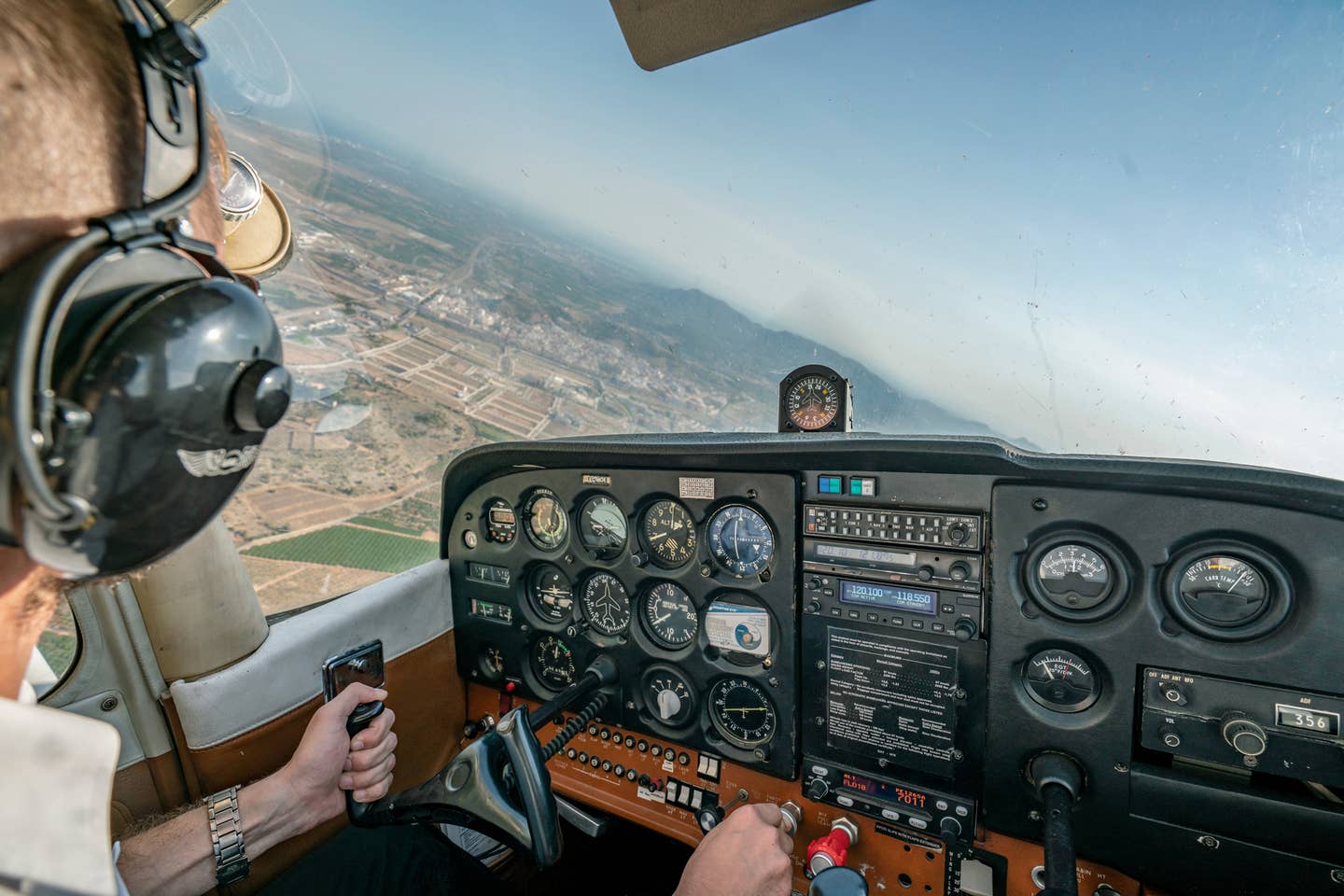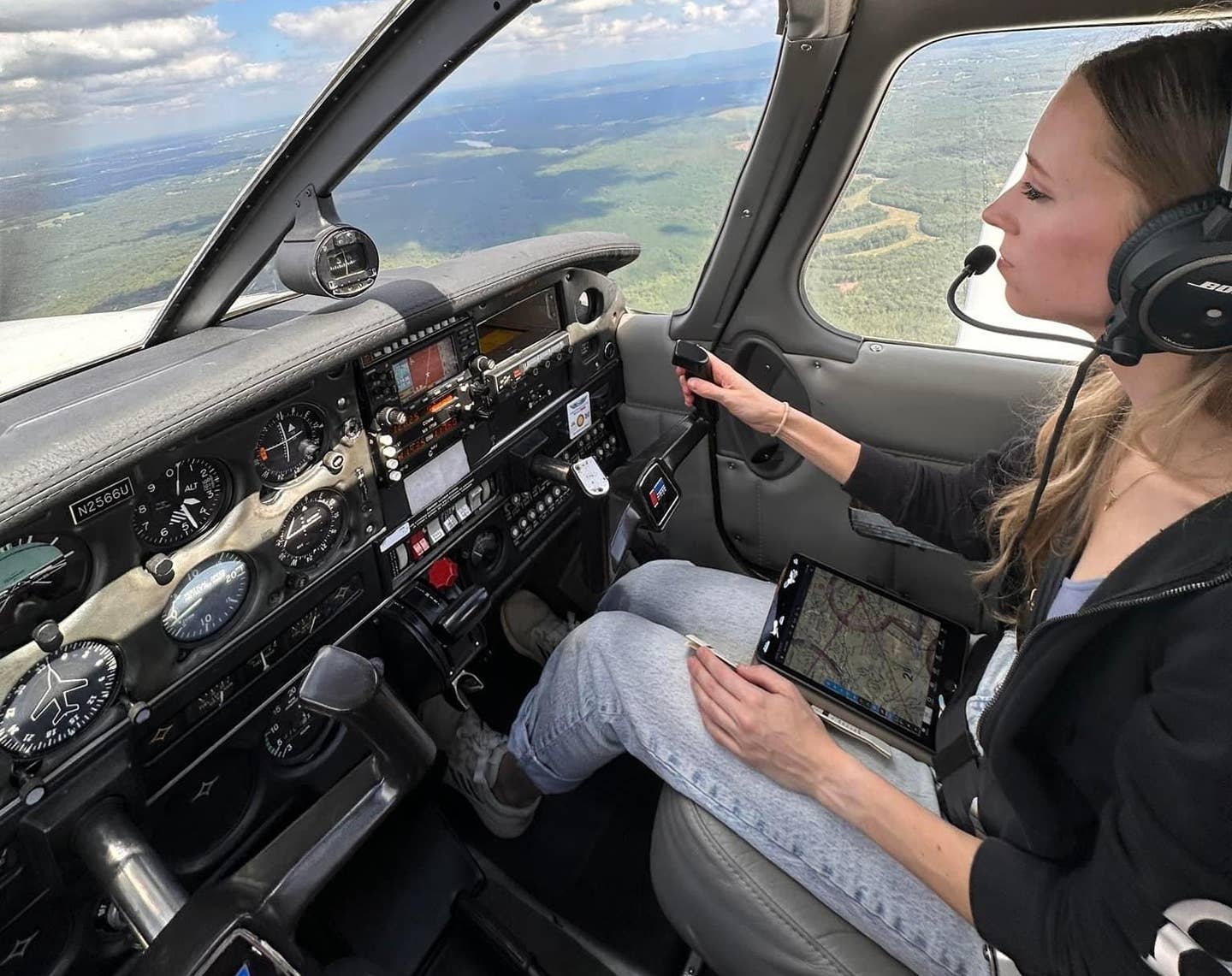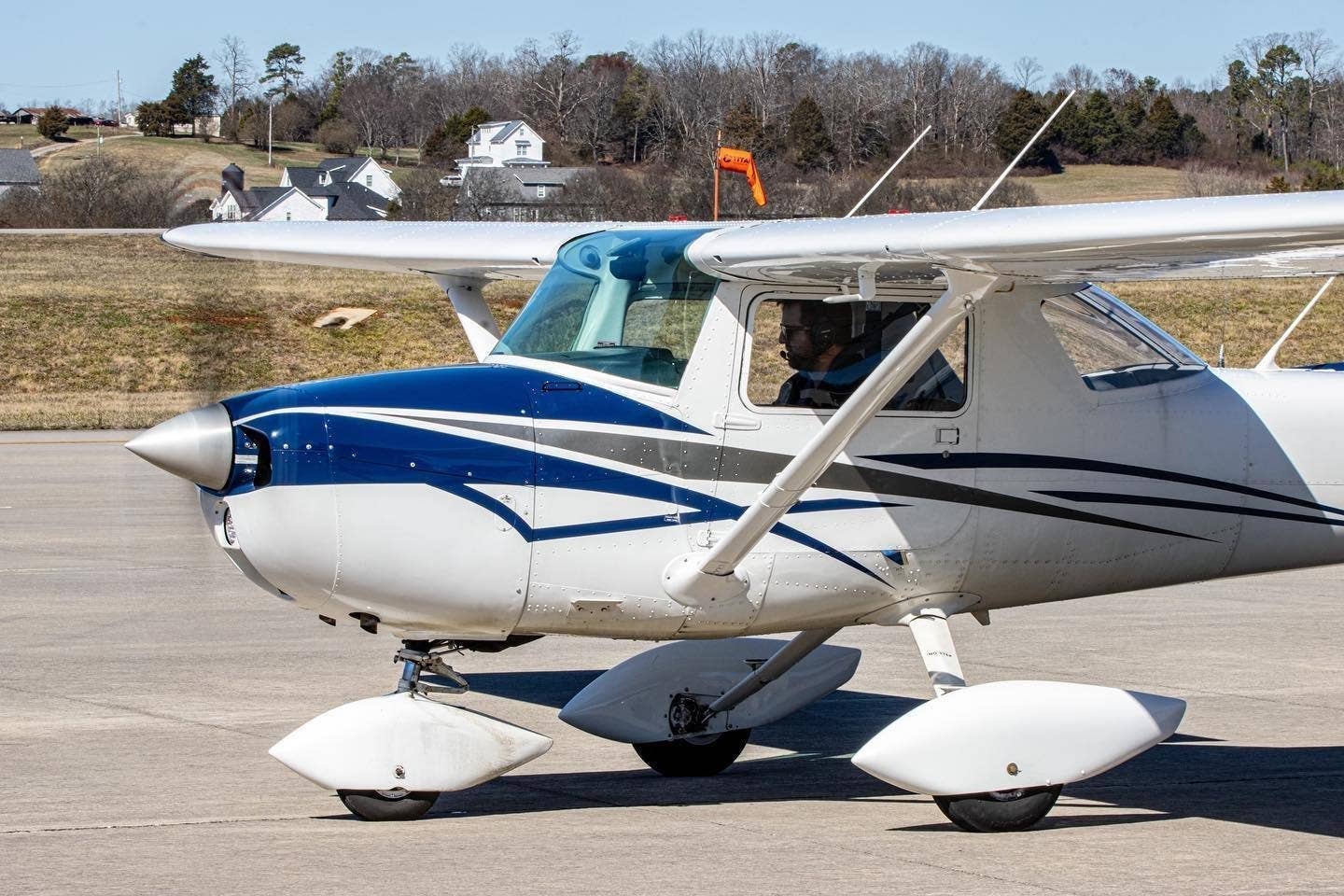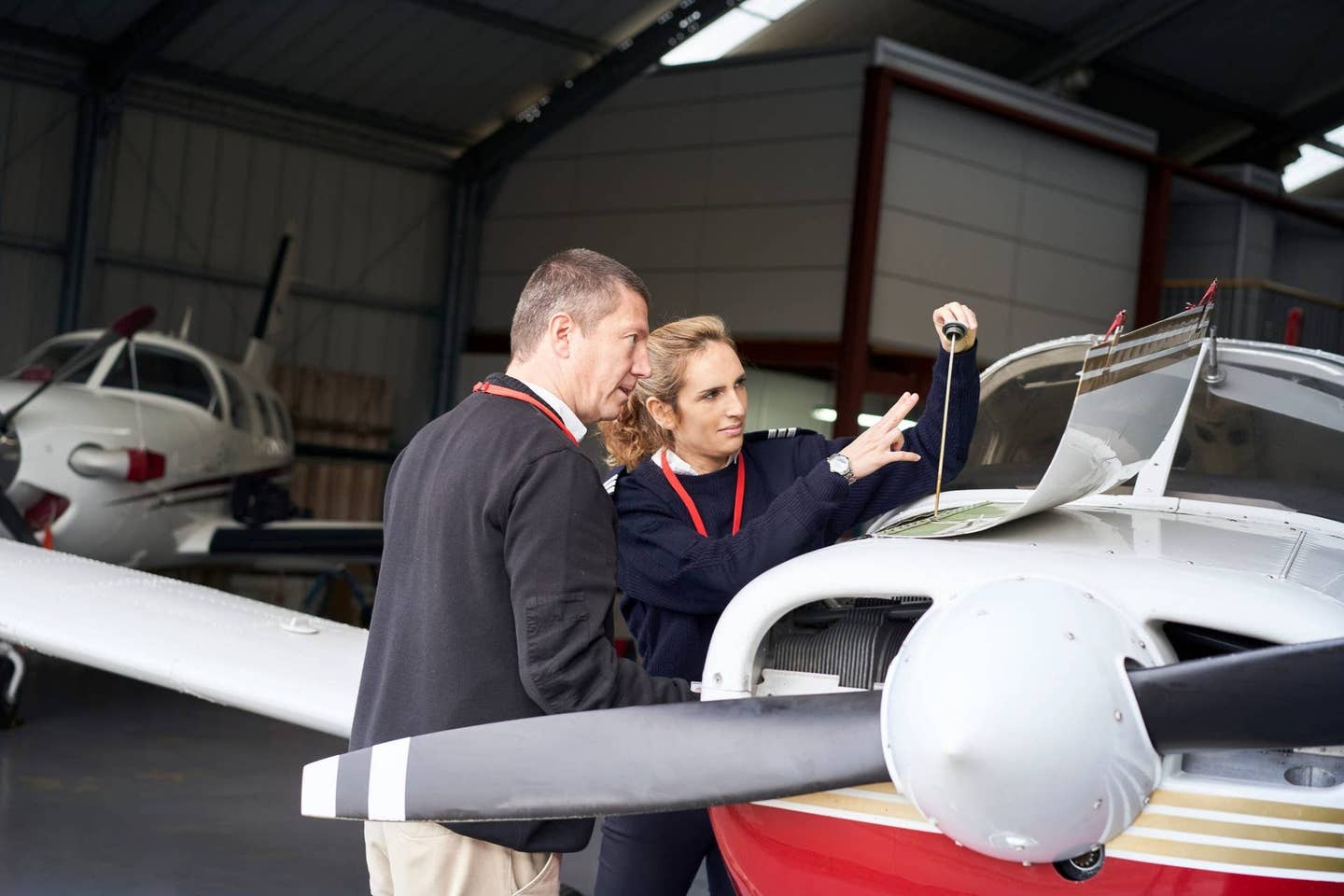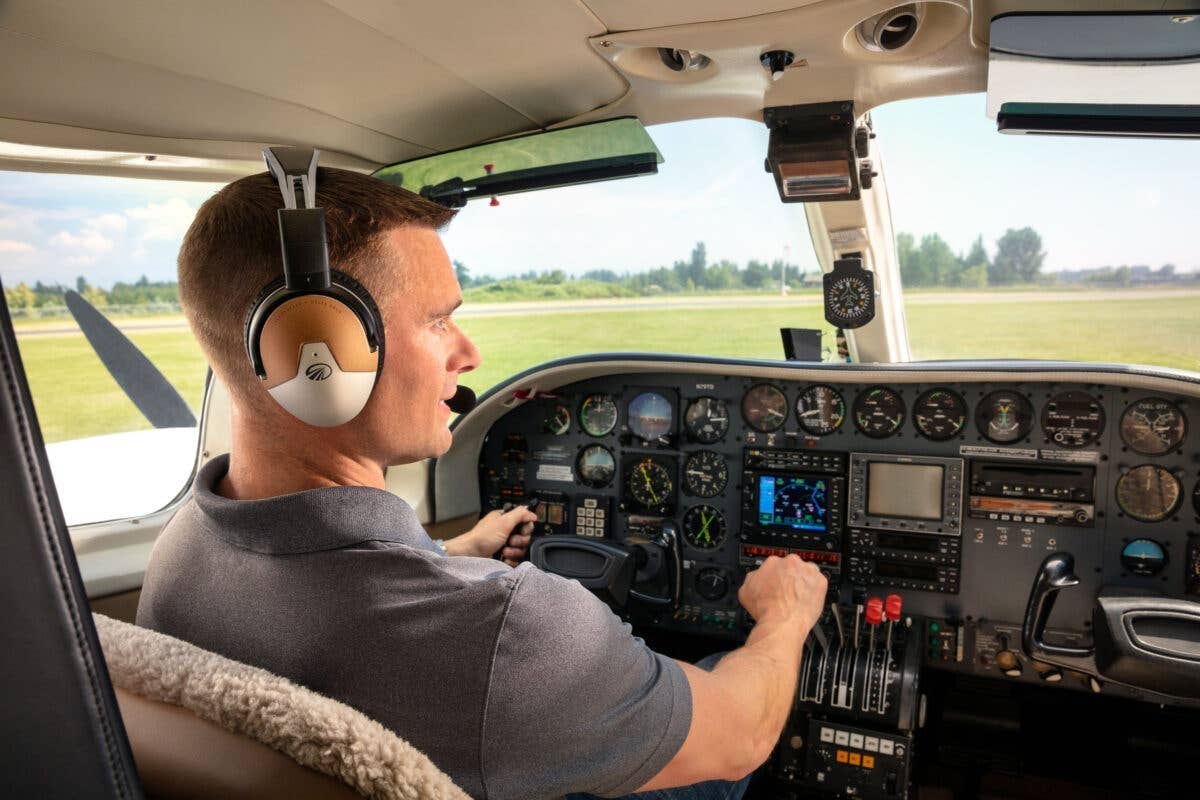Get The Most Out Of Winter Part 1
With cool temperatures and great visibilities, autumn-to-spring flying requires a different set of rules’and it all starts on the ground
 It may come as a surprise to pilots from southern latitudes, but winter flying can be some of the best there is. I have to be kidding, right? After all, isn't winter the season of blinding blizzards, chillingly cold temperatures and iced asphalt? Aren't the dark months the time when weather becomes the most miserable and unpredictable of the year? Don't many pilots who live in northern climes simply lock up their airplanes from December to March and forget about flying altogether?
It may come as a surprise to pilots from southern latitudes, but winter flying can be some of the best there is. I have to be kidding, right? After all, isn't winter the season of blinding blizzards, chillingly cold temperatures and iced asphalt? Aren't the dark months the time when weather becomes the most miserable and unpredictable of the year? Don't many pilots who live in northern climes simply lock up their airplanes from December to March and forget about flying altogether?
Sadly, some of the above is true, but that's only part of the story. As a pilot raised on airplanes in Alaska, I know there's another side to the winter flying question, one that too many aviators ignore in deference to the season's almost overwhelmingly negative image. Winter does have some good news for pilots, and if you're adventurous of spirit and willing to do some preparation, it can be the best time of year to fly.
As every pilot knows, colder temperatures provide denser air for more efficient engine operation. In fact, when the thermometer really drops, even a normally aspirated engine can develop so much more than sea-level standard power, you may need to back off the throttle on takeoff. Similarly, the thick, grabby air of winter makes airfoils happier. The wing and tail provide better lift, takeoff distances are shorter and climb is enhanced by cold air.
Cold air holds less water vapor, so moisture normally condenses as readily visible clouds rather than lingering in the air as does the heat haze of summer. Partially for that reason, winter flying often is smoother than in summer. Without a high, hot sun to heat the ground, convective activity is reduced and skies are calmer. Similarly, inversions are less common than in summer. The high sky is liable to be cooler and more comfortable than at any other time of year.
Aircraft Preparation
If you happen to live in the upper two-thirds of the U.S. or anywhere in Canada, winter is a major consideration, especially when it comes to that vital component, the battery. One of your main operational concerns in winter is conserving electrons, since battery power is at a premium in cold temperatures. For that reason, anything that can improve starting efficiency can make life easier when the thermometer begins to take a dive.
To that end, you should make a realistic assessment of battery condition and replace it if it's not in top shape. Check the specific gravity (1.265 is a full charge), top up the electrolyte level if necessary with distilled water and clean the terminals of any acid accumulation. Similarly, this is an excellent time to check battery cables, especially on those airplanes with long cables that store the battery under the baggage compartment or in the tail for CG reasons.
Engine tune is important, too, especially when it comes to starting efficiency. Have mag timing and plug condition checked by a mechanic, not only for general engine health, but to assure that winter starts will demand minimum cranking. Heavyweight oil can take on the consistency of taffy in cold temperatures and drag down a battery in a hurry, so plan to switch to a lighter grade of oil if you're flying into sub-zero conditions.
Have heat-exchanger-style heaters (which draw hot air from radiation off the exhaust manifold) inspected for leaks that might allow carbon monoxide to infiltrate heater air, and check fuel-fed ignition heaters for leaks that might pose a fire hazard. Equally important, make certain the airplane's heater works reliably and well. A heater failure in severe conditions can represent a very real problem.
Because aluminum structures shrink more than steel cables in the cold, you may need to have a mechanic re-tension those cables. If recommended by the manufacturer, install intake air baffles or oil cooler covers to help the engine retain its heat. Check all hoses, clamps, fuel lines and hydraulic fittings, and re-torque them to manufacturer's specs if necessary.
Down below the wing, consider having the retractable-gear mechanism lubricated with graphite or another cold-weather lubricant rather than conventional grease. Some retractables don't even have grease fittings for the gear legs, but on those that do, make certain any grease or oil is of an appropriate weight.
While you're under the wings, be sure to air up the oleos and tires, since low temperatures cause pressure loss in those components. You can make your own decision as to whether to remove wheelpants. Some pilots up north suggest removing them to avoid buildups of snow and ice around the wheels and brakes with obvious consequences.
Your pre-winter maintenance should include inspection and service of any de-ice or anti-icing equipment that's installed. Virtually every airplane is fitted with a heated pitot tube and you should assure that it's working properly before charging off into the cold blue yonder, regardless of whether you plan to file IFR. If your airplane is fitted with wing, tail or prop de-ice boots, treat them with an appropriate dressing such as Agemaster 1 to minimize cracking and checking, and plan to carry some ICEX anti-ice fluid to help them shed ice.
Pilot And Passenger Preparation
While you're preparing the airplane for winter, remember that pilot and passengers need a little preparation, as well. We could do a separate story in winter survival gear all by itself, but obvious considerations are for emergency blankets, appropriate clothing and passive combustible materials to help keep you warm on the ground. Also, remember that darkness comes early in winter. Proper emergency flashlights become more important.
Flight planning in winter can be a little more complicated than in summer, primarily because standard VFR pilotage can be difficult or downright impossible when snow covers the ground, obscuring the landscape. Many flat landmarks such as highways, railroads, frozen rivers and lakes, and even airports themselves may simply dissolve into the background in what seems an indistinguishable white slate.
I flight-plan for a higher cruise altitude in the cold season for two reasons. First, it may be tougher to spot emergency landing sites from lower altitude with snow obscuring ground detail. Second, most winter weather is low-lying, and a taller cruise height usually allows me to top it. Remember that seasonal temps up high may yield a density altitude well below standard. A pressure altitude of 10,500 feet may mean a density altitude of 8,500 feet, the reverse of summer conditions.
Your preflight weather briefing can be somewhat more critical in winter, because weather moves so quickly that a destination only 100 miles away may have dramatically different atmospherics than your point of departure. In addition to all the normal questions you ask the briefer about icing conditions aloft, freezing level and pilot reports on actual icing, you'll want to inquire about landing conditions at your destination, any expected surface winds (especially crosswinds, since they may not be manageable on ice), and runway and ramp conditions.
Winter Preflights
Winter doesn't lend itself to preflights. When the temperature is well below zero, the wind is blowing snow in your face and you'd rather be sipping hot chocolate in front of a fire, it's sometimes tough to do a thorough preflight. Ironically, winter is the time you need to be more meticulous in preflight rather than less. It's also ironic that the most apparent aspect of winter preflights often is the most neglected. Cleaning accumulated snow and ice from aerodynamic lifting surfaces is critical if you expect to get the bird airborne and keep it there. The weight of the white stuff isn't the major problem (though it can be in extreme situations), deformation of the airfoil is. Cleaning the wings and tail of contamination can be a vexing problem, especially if you fly a high wing.
The best solution is to put the airplane in a hangar for the night, if you have that option. I'll always try to rent a hangar (preferably heated) for my Mooney when I'm on the road in winter. It's a false economy to save money on a hangar and then pay it back out in preheat and de-ice charges, not to mention the wear and tear a super-cold night can exact on avionics, tires, door locks, upholstery, door seals, etc.
If you're forced to scrape away snow and ice from the wings and tail yourself, you sometimes can do so with a credit card without damaging the finish, though the process may be a long one. In the Far North, many bush pilots carry cans of standard automotive antifreeze to pour over the wings and tail and rid them of accumulated frozen goo. According to the labels, antifreeze can damage some paint finishes, but I've used this trick a dozen or so times on ferry airplanes and my Mooney (when there was no alternative short of waiting for spring), and never had a problem.
The question sometimes arises, "How much snow and ice do you really need to remove?" A better question might be, "How much are you willing to gamble on leaving?" Take it off, take it all off. Any significant frozen accumulation could compromise lift, lengthen takeoff run, reduce climb and, in the worst asymmetric case, cause the airplane to become uncontrollable in flight. Don't just be content to remove ice from airfoils, however. Static ports need to be open and all air intakes, engine, cooling and even cabin air should be clear.
Most manufacturers recommend preheat when the temperature drops below about 20 degrees F, especially when the engine has been cold-soaked overnight. Personally, I use 30 degrees F as my preheat limit---it's just much easier on the airplane---and I'll consider preheating at 35 degrees F if the bird has been sitting for a few days. In the long run, the wear and tear on rings and cylinder walls can be far more expensive than the price of preheats.
I don't hesitate to mix Prist with the airplane's fuel in very cold weather. Prist originally was intended to help prevent ice crystals from forming in jet fuel, since most jets operate at altitudes where temperatures are -30 degrees F or colder. A specially formulated Prist is now available for piston engines, and many pilots of turbocharged/pressurized singles and twins that fly in the 20,000- to 25,000-foot range and any airplane operated in extreme cold use it regularly.
Once again, our bush-pilot advisors suggest carrying blankets to cover the cowling and trap whatever residual heat remains after shutdown, and to cover the windshield and keep it from freezing over.
Next month, we'll examine operational considerations of winter flying.

Subscribe to Our Newsletter
Get the latest Plane & Pilot Magazine stories delivered directly to your inbox

